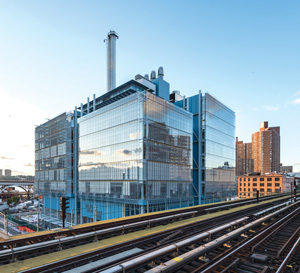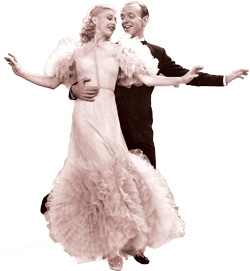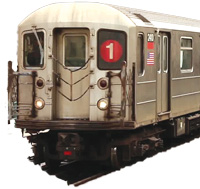Trending
Harlem’s Ivy makeover
Three years into Columbia University’s expansion, a new urban campus is taking shape uptown

Come this fall, Columbia University’s 25-year-long expansion plan will reach a milestone. The Ivy League school expects to open two buildings, the Jerome L. Greene Science Center and the Lenfest Center for the Arts, in a 17-acre formerly industrial zone of West Harlem known as Manhattanville. All told, the new campus, which starts at 125th Street and Broadway, will cost $7 billion and grow the school’s campus from 16 million square feet to 23 million square feet. The glassy redevelopment, whose master plan was designed by the architecture firm of Pritzker Prize-winner Renzo Piano in collaboration with Skidmore, Owings & Merrill, is expected to have a huge impact on property values. Winick Realty has been tapped to lease 18,700 square feet of retail at the science building, and activity in the residential market on Manhattanville’s fringes has been picking up. Douglas Elliman’s Kimberlee Halligan witnessed a bidding war last month for her listing at 552 Riverside Drive, which offers close proximity to the science building. “In the first week on the market, there were multiple offers,” Halligan said. “Five years ago that would not have been the case.”
206
The number of properties that Columbia University owns in NYC. That’s more than double the 95 properties held by New York University and nearly triple the 72 properties owned by the New York Public Library.
$34.4M
The amount Joseph Sitt’s Thor Equities shelled out in January 2016 for three adjacent six-story pre-war rental apartment buildings on 126th Street near Broadway. Thor seems to be betting on Columbia’s expansion. It already has five other buildings nearby.

Fred Astaire and Ginger Rogers
2
The number of buildings that will serve as the new home for Columbia’s business school. The buildings will face each other across a 40,000-square-foot public square. Project architect Elizabeth Diller of Diller, Scofidio + Renfro likened the design to Fred Astaire and Ginger Rogers, the 1930s’ tap-dancing duo. “They don’t look alike, but they work synchronously and in step,” she said.
$9.6B
The value of Columbia University’s endowment as of 2015. That’s about one-fourth of Harvard’s, which reached a whopping $36.5 billion last year, but more than double NYU’s, which was $3.6 billion. Columbia’s annual undergraduate tuition is projected to reach $60,000 in 2020, a 50% increase compared to 2010, in part to cover the cost of the Manhattanville expansion.
 0
0
The number of gates that will be installed on the perimeter of the new campus. Columbia’s main campus in Morningside Heights has 16 gates. The university has over the years had strained relations with the Harlem community. With the Manhattanville campus, architect Renzo Piano and Columbia officials opted for a more open and transparent design that is meant to be more welcoming.
1,000
The number of neuroscience researchers who will be housed across 70 labs being built in the Renzo Piano-designed Jerome L. Greene Science Center at Broadway and West 129th Street. The 450,000-square-foot building is the largest structure the university has ever built.
2
The number of years a storefront on the corner of Broadway and Tiemann Place sat vacant before Starbucks leased it in March. The landlord has said the space needs at least $500K in renovations.
$ 150M
The amount Columbia promised to invest in West Harlem as part of a 2009 pact. Known as a community benefit agreement, such contracts are controversial because they are not legally binding.
 2.6M
2.6M
The number of subway riders in 2015 who used the No. 1 train station at 125th St. After a 12.4% jump from 2010 to 2013, ridership has been relatively steady. But it’s expected to increase dramatically once the new campus opens.
2010
The year the N.Y. Court of Appeals overturned a ruling by a lower court barring the state from seizing private properties Columbia had been trying to acquire for six years. The ruling, which cited the Atlantic Yards redevelopment, said the state had the same right in this case to use eminent domain because of the the area was “blighted,” and that its condemnation on behalf of a university served a “civic purpose.”




